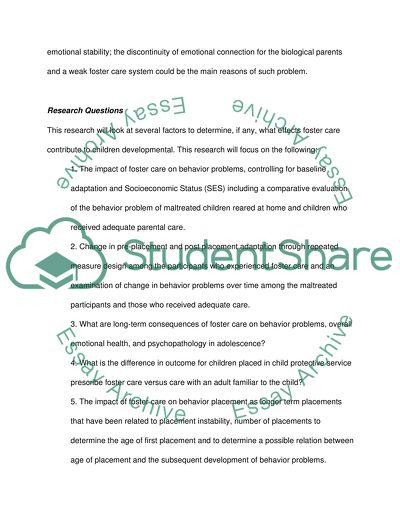Cite this document
(“The Effects of Foster Care on Child Development Thesis”, n.d.)
Retrieved from https://studentshare.org/finance-accounting/1421636-the-effects-of-foster-care-on-child-development
Retrieved from https://studentshare.org/finance-accounting/1421636-the-effects-of-foster-care-on-child-development
(The Effects of Foster Care on Child Development Thesis)
https://studentshare.org/finance-accounting/1421636-the-effects-of-foster-care-on-child-development.
https://studentshare.org/finance-accounting/1421636-the-effects-of-foster-care-on-child-development.
“The Effects of Foster Care on Child Development Thesis”, n.d. https://studentshare.org/finance-accounting/1421636-the-effects-of-foster-care-on-child-development.


